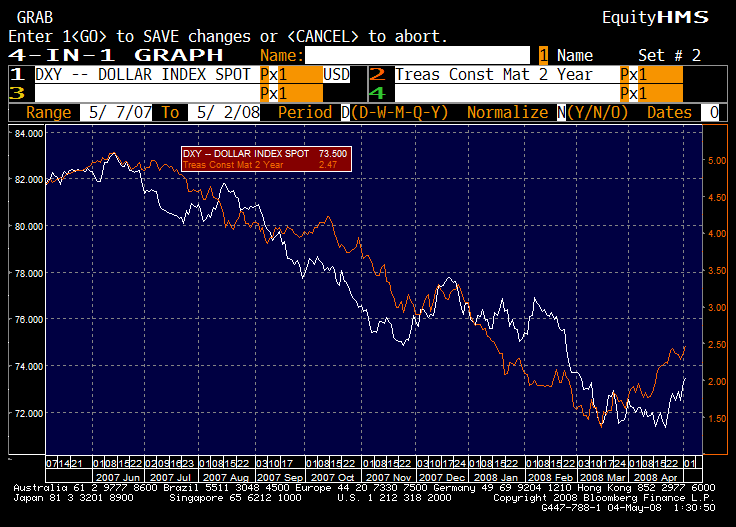Half a Dozen Thoughts on Monetary Policy
1) If you are looking for an article that describes how the Fed’s new lending facilities work, look here.? It shows the effects on the Fed’s balance sheet of each program.
2) Well, I guess the Fed is willing to further risk its balance sheet in order to force LIBOR down.? Now, this may have knocked 10 basis points off of the TED spread in the short run, but I am not sure what it will do long term.? It may do nothing, because the LIBOR lending markets are so much larger than the Fed.? As is noted in this piece:
Still, RBS Greenwich Capital chief economist Stephen Stanley cautions that adding AAA-rated asset-backed debt may not do the trick. ?This is not likely to be a major change, as the highest quality ABS were getting financed without too much difficulty already,? he wrote in commentary.
3) As I have noted before, the Fed cannot, and should not solve every lending problem.? There is a tendency for the financial system to adjust to monetary laxity and ask for more.?? This is just another aspect of the way our government operates, absorbing many medium-sized crises at the risk of an eventual run on the Dollar.
4) Should the Fed pay interest on reserves?? At present, the Fed has banks lend to each other through the interbank market; if the Fed paid interest, the Fed funds market could become an explicit market where banks loan money to the Fed, rather than to each other.? Now for the Fed to issue debt would allow them more flexibility in their balance sheet, but at a price.? We would have a central bank with additional liabilities beyond the currency, and that would have an impact on their ability to do monetary policy.
5) Funny how the Republicans grab for something unusual — pointing a finger at the Fed for commodity price inflation.? The Fed does have a small role there, but the bigger factor is the development of China, India, Brazil, and many other placesthat need raw materials in a way they did not previously.
6) Though I disagree with this paper, it is worth a read.? I am not a monetarist, I am more of an Austrian economist.? I acknowledge that economic systems are not stable, and that is a good thing in the intermediate-to-long run.? In my opinion, the main weakness of monetarism is that it fails to recognize asset inflation.? When the money supply is growing too rapidly, the money goes somewhere.? If savers predominate, it goes to assets, if spenders, to goods and services.? We mismeasure savings in the US — it is higher than commonly believed.? As such, growth in the money supply boosted asset prices.? But as the Baby Boomers gray, that balance will tilt as they draw on assets to finance consumption.
What is needed is a willingness for central bankers to stand in the way of investment/lending booms, and raise rates to deflate investment/lending bubbles before they deflate themselves, with large consequences to the economy.? That’s not coming anytime soon.







 The books keep rolling in; I keep reviewing. Given that I am a generalist, perhaps this is a good task for me. Before I start for the evening, though, because I know the material relatively well, I skimmed the book, and read the parts that I thought were the most critical.
The books keep rolling in; I keep reviewing. Given that I am a generalist, perhaps this is a good task for me. Before I start for the evening, though, because I know the material relatively well, I skimmed the book, and read the parts that I thought were the most critical.